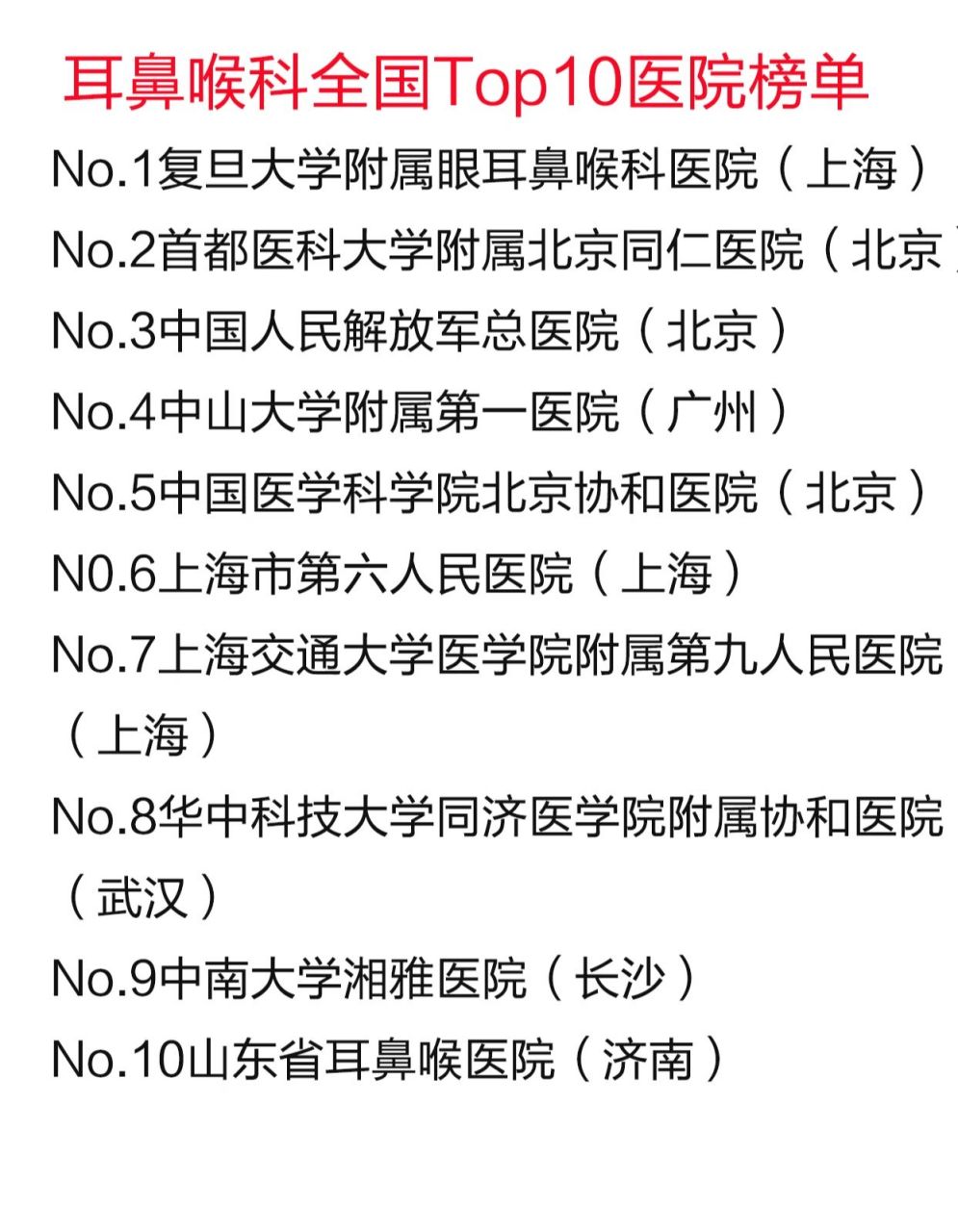
The term "上口下第" is pronounced as "shàng kǒu xià dì" in Mandarin Chinese. Here's a breakdown of the pronunciation:
- shàng - The "sh" is pronounced like the "sh" in "she," and the "àng" sounds like "ang" in "sang" with a rising tone, so it sounds like "shang" with a rising tone.
- kǒu - The "k" is pronounced like the "k" in "key," and the "ǒu" sounds like "o" in "no" with a falling tone, so it sounds like "kou" with a falling tone.
- xià - The "x" is pronounced like the "sh" in "she" but with a slight hissing sound, and the "à" sounds like "ah" in "father" with a falling tone, so it sounds like "sha" with a falling tone.
- dì - The "d" is pronounced like the "d" in "dog," and the "ì" sounds like "ee" in "see" with a falling tone, so it sounds like "dee" with a falling tone.
When you say "上口下第," it sounds like "shang kou sha dee" with the appropriate tones indicated by the pinyin.











